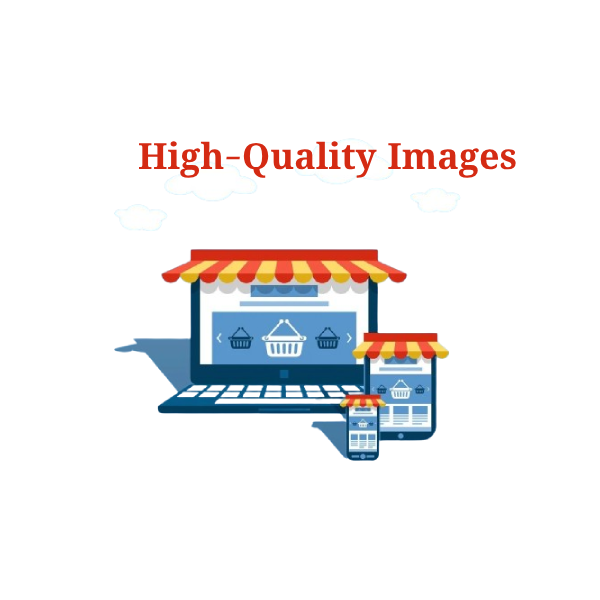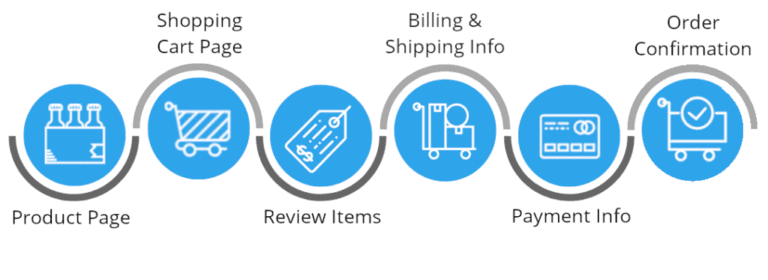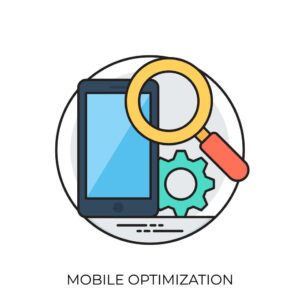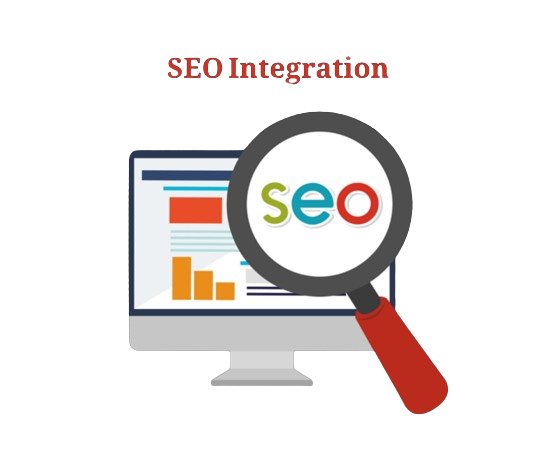- In today's digital age, having a well-designed e-commerce website is crucial for businesses looking to thrive in the online marketplace. A user-friendly and visually appealing website not only attracts customers but also enhances their shopping experience, ultimately leading to increased sales and customer satisfaction. To help you create an effective e-commerce website design, here are some essential tips to consider.
Responsive Design
- With the increasing use of mobile devices for online shopping, it's imperative to ensure that your website is fully responsive. A responsive design adapts seamlessly to different screen sizes, providing users with a consistent and enjoyable browsing experience across various devices.

Clear Navigation
- Simplify navigation by organizing products into categories and subcategories, making it easy for visitors to find what they're looking for. Incorporate a prominent search bar to allow users to quickly search for specific items, enhancing usability and reducing bounce rates.

High-Quality Images
- Visuals play a significant role in the online shopping experience. Use high-resolution images to showcase your products from different angles, allowing customers to make informed purchasing decisions. Invest in professional product photography to highlight the quality and details of your offerings.

Streamlined Checkout Process
- A lengthy or complicated checkout process can deter customers from completing their purchases. Optimize the checkout process by minimizing the number of steps required and offering guest checkout options. Additionally, provide multiple payment gateways to accommodate various preferences and ensure a smooth transaction process.

Effective Call-to-Action Buttons
- Utilize clear and compelling call-to-action (CTA) buttons to guide users towards desired actions such as adding items to cart or proceeding to checkout. Use contrasting colors and concise copy to make CTAs stand out and encourage conversions.

User Reviews and Testimonials
- Incorporating user reviews and testimonials adds credibility to your products and builds trust with potential customers. Displaying reviews prominently on product pages can influence purchasing decisions and reassure shoppers about the quality and reliability of your offerings.

Personalization
- Implement personalization features such as recommended products based on past purchases or browsing history. Tailoring the shopping experience to each user's preferences enhances engagement and encourages repeat visits, fostering long-term customer loyalty.

Fast Loading Speed
- Slow loading times can frustrate users and lead to higher bounce rates. Optimize your website's loading speed by minimizing image sizes, utilizing caching techniques, and investing in reliable hosting services. A fast-loading website not only improves user experience but also boosts search engine rankings.

Mobile Optimization
- Mobile optimization goes beyond responsive design and involves optimizing content specifically for mobile users. Ensure that buttons and links are easily clickable, text is legible, and forms are simplified for touchscreen input. Mobile-friendly design is essential for capturing the growing segment of mobile shoppers.

SEO Integration
- Incorporate search engine optimization (SEO) best practices to improve your website's visibility in search engine results. Optimize product descriptions, meta tags, and URLs with relevant keywords to attract organic traffic. Regularly update content and leverage internal linking to enhance discoverability and authority.

Conclusion:
- In conclusion, designing a successful e-commerce website requires careful consideration of various factors, including responsiveness, navigation, visual appeal, and functionality. By implementing the tips mentioned above, you can create a compelling online shopping experience that drives traffic, increases conversions, and fosters customer loyalty. Remember to continuously monitor and optimize your website based on user feedback and analytics data to stay ahead in the competitive e-commerce landscape. With a well-executed design strategy, your e-commerce website has the potential to become a powerful asset for your business's growth and success.



